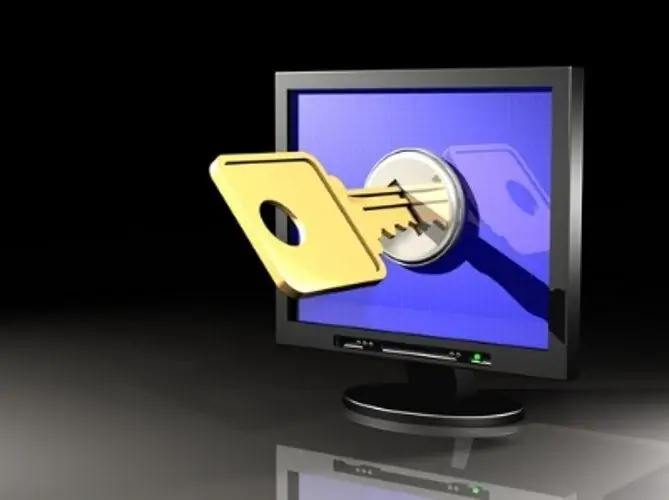- Author Lauren Nevill [email protected].
- Public 2023-12-16 18:48.
- Last modified 2025-01-23 15:15.
The Internet has recently become an integral part of human life. For some, it is a place of leisure, for others it is work. There is also a group of people, the so-called hackers, who seek to profit from your account by hacking computers over the global network. In this situation, you have to defend your computer on your own, since there are no official organizations to fight network attacks yet.

Necessary
antivirus program
Instructions
Step 1
Don't respond to spam. Most malware is distributed via email. When you receive a spam message, do not try to understand what it is about or download the attached files. Delete immediately.
Step 2
Download files only from trusted sites. Frequently, free software contains malware in addition to hacking into your computer and devastating e-wallets. If you still downloaded a similar file, then before installing a new program or unpacking the archive, check it with an antivirus. If a virus is detected, follow the recommendations of the antivirus program, then completely delete the downloaded file from your computer and find a safer resource to download it.
Step 3
Update your software. Hackers often use "bugs" and "flaws" in browsers and operating programs to attack computers. The developers are constantly fixing these errors by releasing regular updates that are designed to reduce the vulnerability of your computer.
Step 4
Install an antivirus on your computer, turn on the firewall and do not forget to download the updated databases. The fact is that hackers are constantly coming up with new ways to hack computers, for which, in turn, new methods of fighting their attacks are being developed. At the same time, a firewall is sometimes more profitable than an antivirus, since it is able to detect and prevent any sending of data from your computer.
Step 5
Do not visit questionable sites, which include resources with free software and free porn sites. They usually contain a worm in their code that can easily infect your computer. It is worth noting that many search engines, when displaying search results, inform the user about the danger of the site.
Step 6
Do not connect unverified storage devices to your computer without an updated antivirus. Flash media used inside a corporate network (at a university, at work, in an Internet club) are especially dangerous, as they often carry viral programs.






